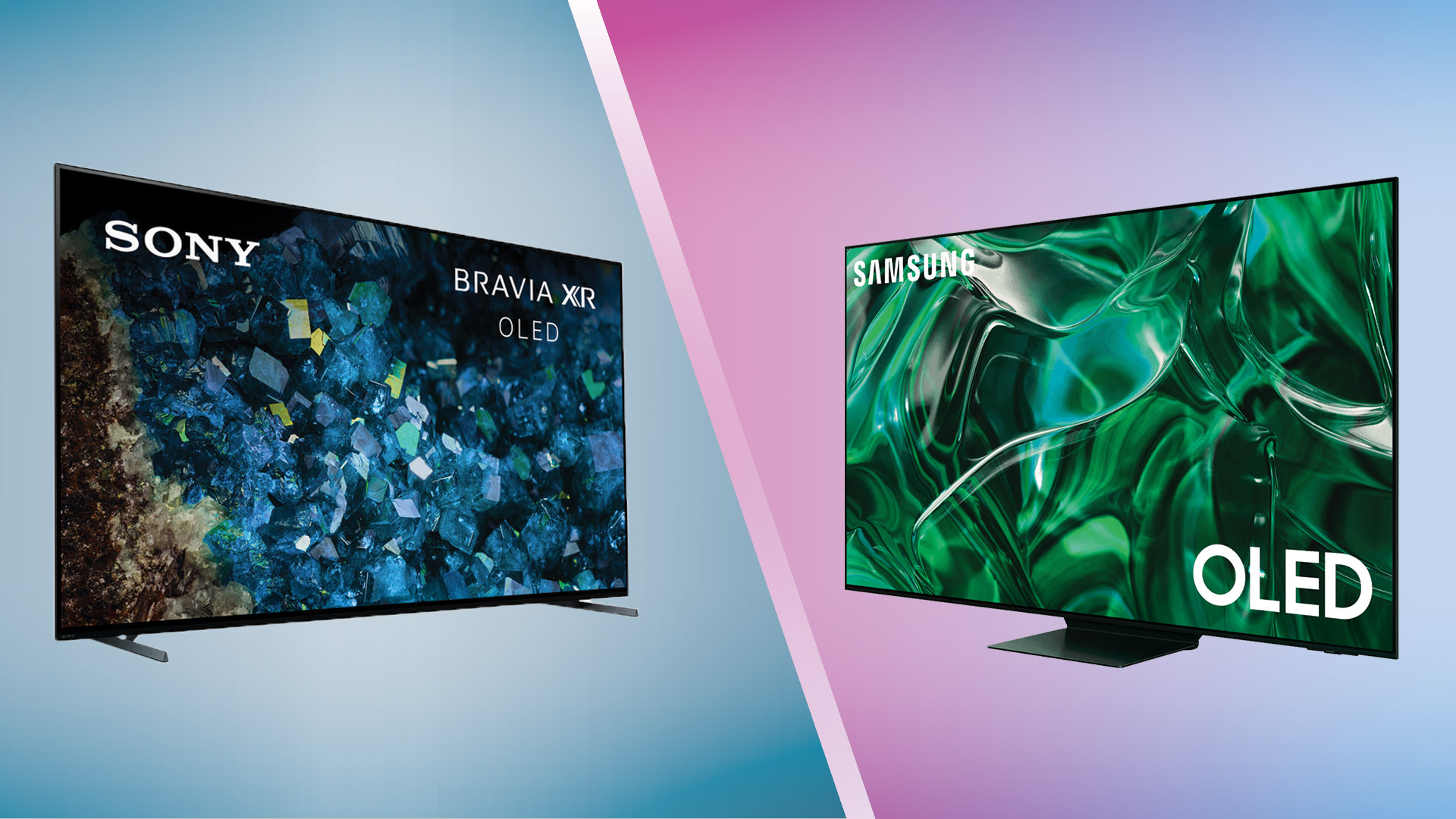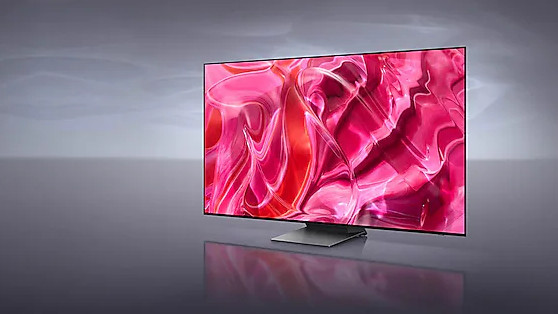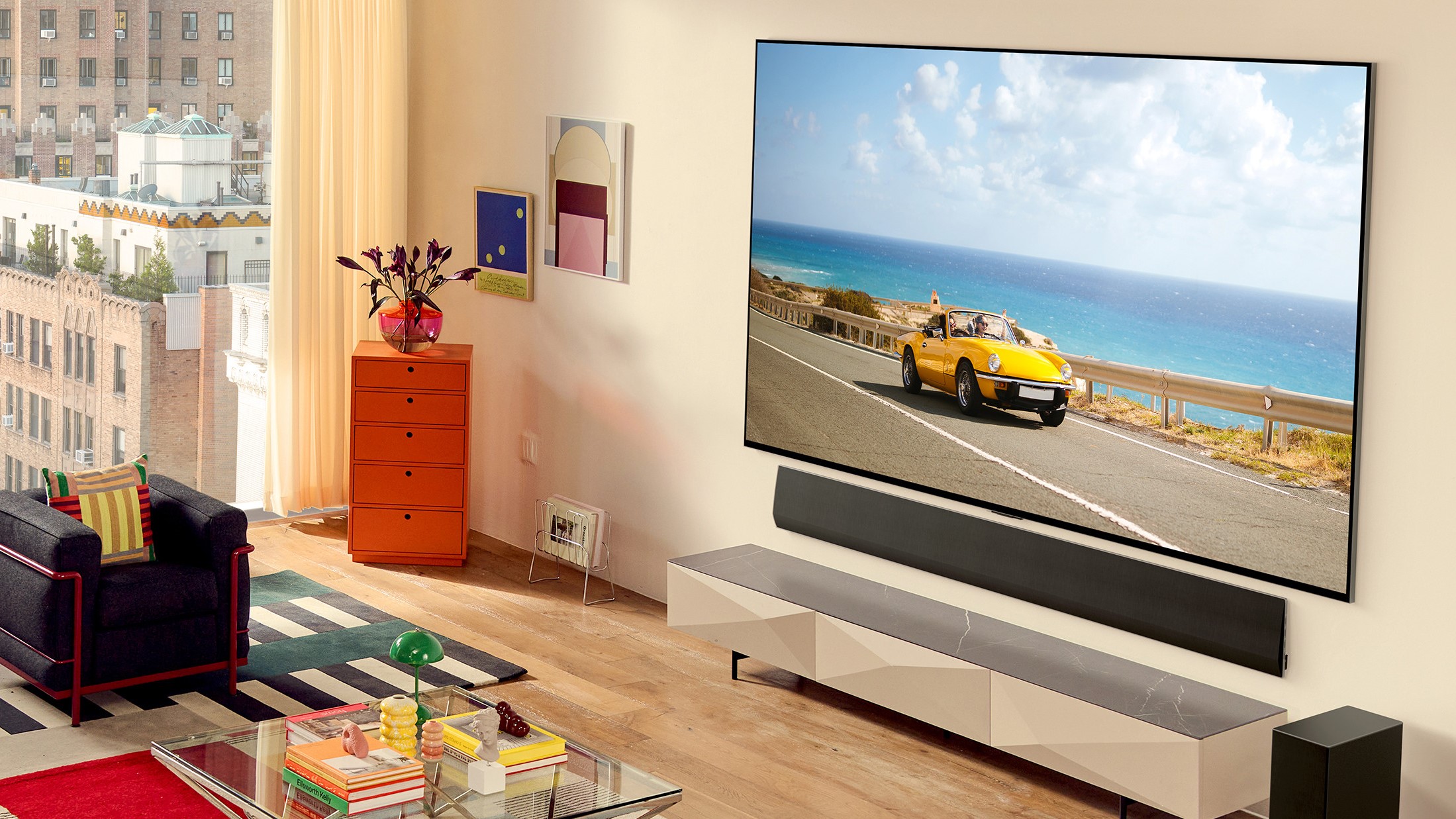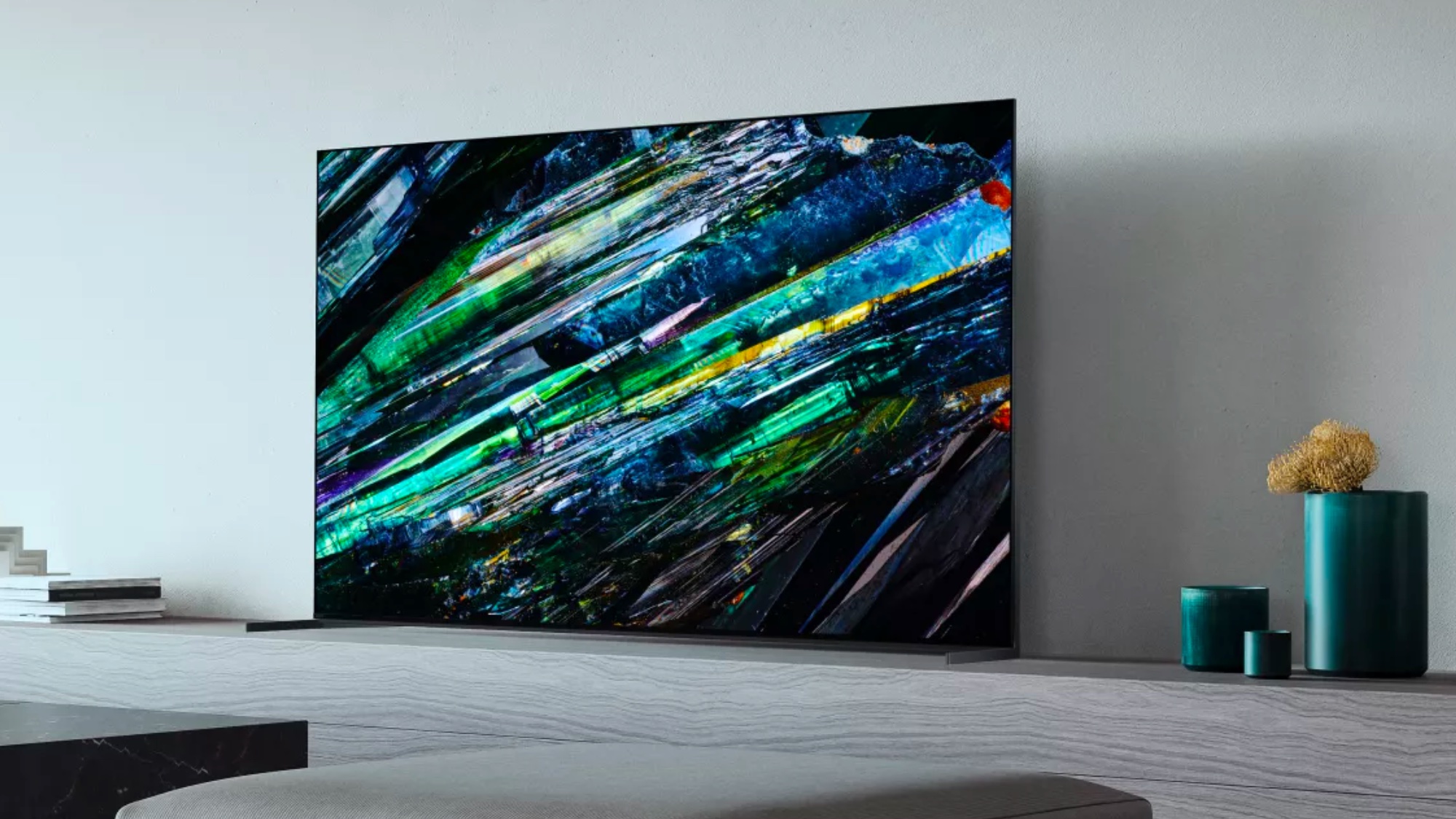
There’s no shame in wanting to be outside enjoying the summer sun while it lasts — but it’s nice to be able to kick back at the end of a long day with your favorite movie or show. And when you do, it’s extra nice if it’s in front of one of the best OLED TVs.
At this point in the year, we’ve now seen every OLED TV coming out in 2023 — either at preview events held by the different manufacturers or during a review period where we had them in our own homes. With that knowledge, we can point you in the right direction for which ones are worth buying and which ones are worth skipping.
Ready to buy a new OLED TV while the summer deals are still in full swing? Below you’ll find a list of the top five 2023 models that are worthy of a spot on your mantle.
Samsung S95C OLED

At the very top of our list is the Samsung S95C OLED, the reigning champ of Tom’s Guide’s best TV 2023 guide. It’s there because it’s a truly excellent QD-OLED TV. It blends the color saturation and brightness we’ve seen with QLED TVs and adds the inky black levels and wider off-axis viewing angles that are inherent to OLED TVs. The mix, as you’d expect, is eye-wateringly beautiful.
To put things in perspective, one of the best OLED TVs from 2022 — the LG C2 OLED — had an average brightness of 253 nits in SDR and a peak brightness of 800 nits in HDR. In the same exact tests, the Samsung S95C was able to hit 626 nits and 1369 nits, respectively. That extra brightness helps the Samsung S95C retain its color saturation in bright environments, and makes it especially great for gamers who want the best HDR performance when connected to their Xbox Series X, PS5 and their PCs.
It’s a pricey one, but the S95C is our top pick when shopping for a new OLED TV this summer.
Samsung S90C OLED

Right underneath the Samsung S95C OLED is the Samsung S90C OLED. Most of the sizes of the S90C use a QD-OLED panel like the S95C, but the largest 83-inch model uses an LG OLED as its panel. If a Samsung TV using LG Display panels isn’t enough to pique your interest, we should also point out that, in most sizes, the S90C is $700 cheaper than the S95C OLED, making it an incredible value.
That said, in spite of its lower price tag, the S90C keeps a lot of what makes the S95C so great: it’s a perfect match for gamers with its low latency, HDMI 2.1 ports and support for 4K/144Hz, just like the S95C.
The only major difference here is that the S95C does get a bit brighter, which will matter if you plan on keeping it in an area with a lot of ambient light. If that doesn't matter much to you, then you should save yourself some money and go for the S90C instead.
LG G3 OLED

The LG G3 OLED is the TV that’s taking traditional OLEDs to the next level. Thanks to a new panel technology that LG Display calls META, the G3 is the first OLED to use micro lens arrays to boost brightness and a new heat dissipation system to keep it cool.
What’s a little polarizing about this TV is that it doesn’t come with a stand — it only comes with a wall-mount. The wall-mount is there to give the TV that premium “picture-on-wall” look and, we have to admit, makes the TV look every penny of its sticker price. That said, if wall-mounting isn’t available to you because of your living situation, then it becomes an annoying hassle to buy both the TV and the $149 stand (links to Best Buy).
Still, thanks to its META OLED panel, the G3 OLED is able to get brighter than any other OLED TV (besides the QD-OLED TVs mentioned here) and will include WebOS 23, the latest smart platform from LG. If you like your TVs to look like something out of an art gallery, the G3 has you covered.
Sony A80L OLED

The Sony A80L OLED uses three different technologies that give it a slight edge in the OLED arms race: There’s the Cognitive Processor XR for better matching colors and contrasts, XR Triluminos Pro for nailing the richness of HDR, and XR Clear Image for reducing noise. Those picture technologies might sound like a lot of marketing speak — and they certainly are — but they do actually lead to better picture quality.
So why doesn't it rank higher on our list? The downsides to this model are its lack of brightness and HDMI 2.1 port scarcity. (There's only two of them.)
In short, it's slightly more limited in its feature set, but if you want the performance without the premium price, this is the OLED TV to go for.
Sony A95L OLED

The Sony A95L OLED TV looks to combine the best of all the aforementioned OLED TVs. It will have the QD-OLED panel that the Samsung S95C OLED has, plus all the picture technology of the Sony A80L. The only problem? It’s not available to buy in stores yet — and we’re not sure when it’s going to come out.
That said, based on our experience with the five-star Sony Bravia A95K OLED, we have a lot to look forward to. The A95K included a dizzying variety of useful, experience-enhancing features, some of the best sound you can find from a TV and, of course, superb picture quality. It’s a great TV that’s only marred by its lackluster gaming performance.
If Sony can fix the A95’s issues with latency that we saw with the A95K, this could soon take the top spot from the Samsung S95C. All we need now is a firm release date.







